Great Photographs No. 5
Fallen Republican Soldier – Robert Capa
“If your pictures aren’t good enough, you’re not close enough.”
The truth of Robert Capa’s famous quote is borne out by his equally famous photograph. Capa was almost at the feet of this Republican soldier as the man fell during the Spanish Civil War. It is one of the most dramatic and iconic of all war photographs.
Photographers had been recording war ever since the invention of photography in the late 1830s. But, from the Crimean War through to the First World War, they had had to use cumbersome plate cameras that could only take one exposure at a time. This limited war photography to relatively static shots of assembled troops, captured prisoners, battlefield views and the like.
Capa was at the forefront of a revolution – a revolution in photography. This was brought about by the invention of the 35mm rangefinder camera, with 36 exposures on its roll of film. For the first time photographers could move in amongst the troops, capturing spontaneous action and shooting sequences. For the first time photographers could get ‘close enough’ to record the death of an individual.
But this photograph has stirred a storm of controversy.
It was first published in a French magazine Vu in September 1936, followed by publication in Life and Picture Post. The editor of Picture Post called Capa “… the greatest war photographer in the world …”.
Then in 1975 Philip Knightley, in his book ‘The First Casualty’, challenged the authenticity of this image. Based on the recollections of a reporter who worked alongside Capa, examination of other photographs from the same roll of film and the knowledge that photojournalists of the time did stage dramatic images, Knightley concluded, “… the famous photograph is almost certainly a fake – Capa posed it.”
And the argument has raged ever since. A definitive answer will never be reached because Robert Capa died in 1954, and no negative of his iconic image is known to exist.
But does it matter how the photograph was obtained?
Even if it was set up, it could be argued that it remains a powerful symbol of the Spanish Republican cause. Tens of thousands of Republican soldiers died, and symbols aren’t necessarily any the less powerful because they have been staged.
There are still deep scars left by that war, and Spain’s Culture Minister, the film director and screenwriter Ángeles González-Sinde, commented on the photograph at the opening of an exhibition of Capa’s work in Barcelona last year. “Art is always manipulation, from the moment you point a camera in one direction and not another,” she said.
That may be true, but it does matter to war photographers and other photojournalists who work in harrowing and dangerous situations. They know that their credibility depends on the trust that the viewing public has in them and their work. Photojournalists have been sacked for ‘manipulating’ their images – Brian Walski, for example.
Walski’s image of a British soldier in Iraq, motioning for a man carrying a child to get down, was Pulitzer Prize material … except for the fact that it was shown to be a composite. (For an in-depth discussion of that image, see here.)
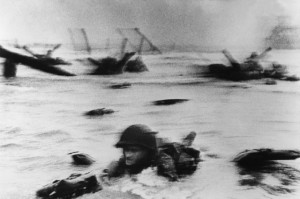 However, whatever your opinion on Capa’s photograph of the soldier ‘dying’ – whether you believe it is a fake and so worthless … or staged but still great … or true – what isn’t arguable is his courage. He was the only photographer on the beaches of Normandy when the Allies invaded in June 1944. One of his famous images of that battle zone is shown to the left. And there’s a whole new dramatic story asociated with his D-Day images – too long to discuss here. Look it up.
However, whatever your opinion on Capa’s photograph of the soldier ‘dying’ – whether you believe it is a fake and so worthless … or staged but still great … or true – what isn’t arguable is his courage. He was the only photographer on the beaches of Normandy when the Allies invaded in June 1944. One of his famous images of that battle zone is shown to the left. And there’s a whole new dramatic story asociated with his D-Day images – too long to discuss here. Look it up.
And Robert Capa died in another war zone when, trying to get ‘close enough’, he stepped on a land mine in Vietnam.
His camera was in his hand.
Return to Great Photographs page

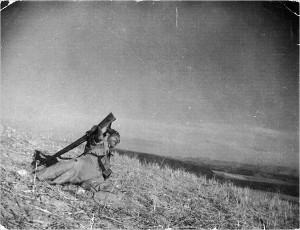

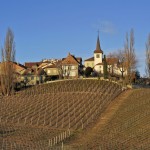
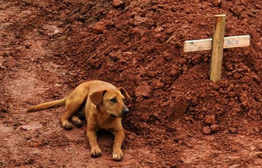
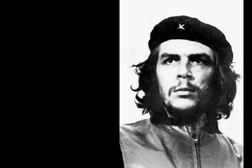
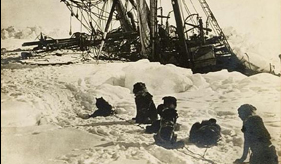
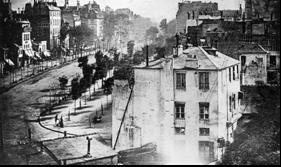
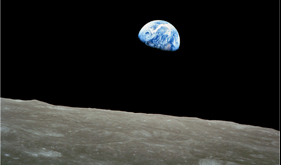
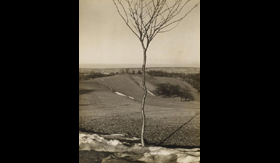
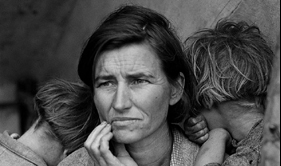
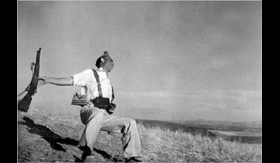
What do you think?
(Please note: though your email address is required to control spam, it will not be shown or re-used in any way)
You must be logged in to post a comment.